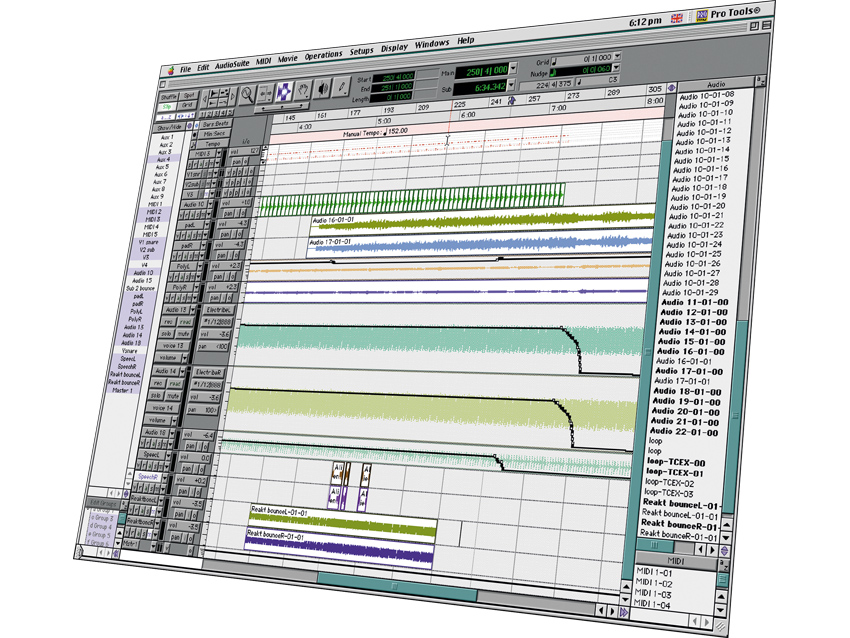

The majority of scoring stages around the world also depend on Pro Tools for recording soundtracks with large orchestras, due to the rock solid, low-latency performance when recording many tracks via HDX hardware.

Since the majority of post mixing is done in Pro Tools, having a secondary rig dedicated to stems saves time creating the final deliverables for the dub stage. Film scoringĬomposers for film often keep a second rig to which they ‘print’ stems from their scoring DAW of choice, such Cubase, Logic Pro or Digital Performer. However, despite heavy competition from myriad native DAWs in the market, Pro Tools continues to be a mainstay in a few niches within the audio industry. However, as computers got more capable, the need for hardware accelerated workflows has all but diminished for most users. While users had to pay a premium to be in the ecosystem, the tradeoff was stable, ultra-low latency performance with track counts that were simply not possible with native systems like Logic Pro, Cubase, et al. Of course, this expandability came at a price, with a full-fledged Pro Tools system easily topping tens of thousands of dollars. As a user's needs grew over time, they could scale their setup by adding more inputs via additional interfaces, or expand their track or plugin counts by installing additional accelerator cards. The nucleus of an HD system was an HD core card which would be slotted into a PCI (or later PCI-e) slot in the computer and a compatible interface. Later, the HD system, with its ubiquitous silver and blue HD hardware units, would continue to push the limits of what was possible with digital audio. The TDM system (Time Division Multiplexing) allowed for plugins to be run in real-time on dedicated hardware and were a major breakthrough in digital audio.
#PRO TOOLS PRICE HISTORY SOFTWARE#
In the years that followed the release of the original Pro Tools, the platform would grow more capable via software updates and new hardware offerings. Version 1 supported between 4-16 channels and was priced at $5,995. The 1990s saw the introduction of Pro Tools which for the first time featured multitrack digital recording, editing, DSP and mixing.


 0 kommentar(er)
0 kommentar(er)
